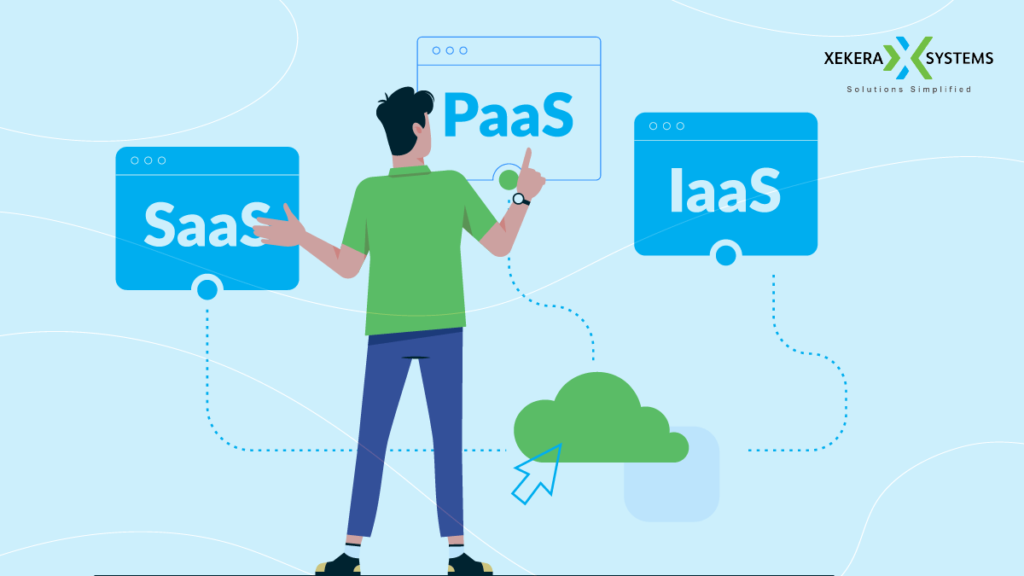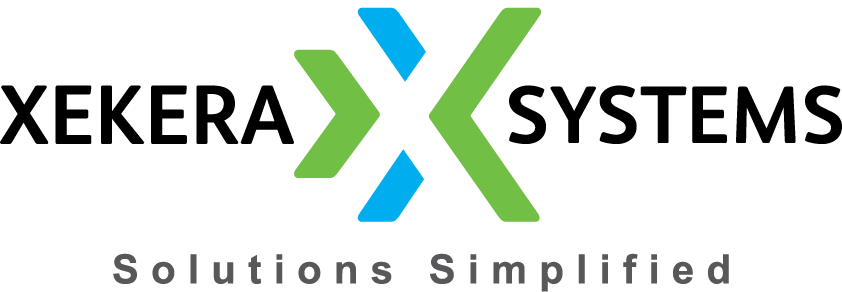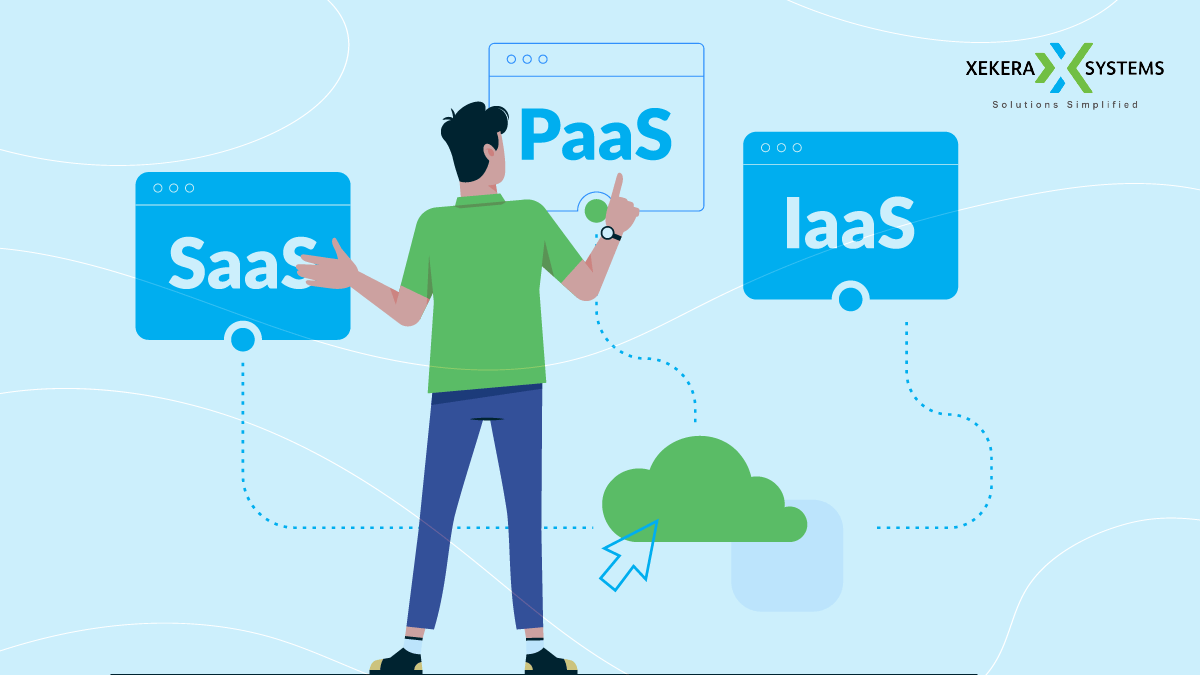The last two decades have seen countless technological revolutions. In addition, one of the most popular technologies ruling this business is “Cloud Computing”.
The use of networks through remote servers has become a fundamental change for the enterprise. The fact is that by the end of 2020, approximately 67% of the enterprise will be in the cloud. Even more, more than 82% of the workforce will work in the cloud. Sounds interesting, right?
So whether you are running a business or planning to start a new business, cloud integration will be a must. However, when you dive deep into the ocean of cloud computing, you may get confused between the top three service models – Iaas vs PaaS vs SaaS.
Therefore, in this article we will go through many aspects of SaaS vs PaaS vs IaaS. Stay tuned till the end of the blog to know which one will suit your business best.
Let’s continue!
Cloud service models in 2022-23
The digital world is powered by tons of data and there is a huge need for storage, processing, access and security. Cloud service models came up with X-as-a-service models to solve this problem for organizations. The three main types of cloud computing models they implement are:
- IaaS
- PaaS
- SaaS

SaaS vs PaaS vs IaaS – Three Cloud Computing Models Explained
What is SaaS?
SaaS, also known as Software as a Service or Cloud Application Service. This is the most popular and common type of cloud computing service. Businesses deliver their application over the Internet and it will be managed by third-party vendors.
Most SaaS-based applications run on a web browser and require no downloads or installations.
The enterprise mobile SaaS market is expected to be worth $7.4 billion by 2021.
In short, SaaS is a cloud-based software application where users can purchase a subscription and use the application over the Internet.
What is PaaS?
PaaS referred to as Platform as a Service. Consequently, it is never easy to define Paas in a sentence or two. So consider it as a tool for developers to build products or applications online. A PaaS platform can act as database management, analytics and middleware.
Technically speaking, we can define it as a cloud platform service for developers to build their applications. PaaS also provides various frameworks to make it easier for developers to create their own applications.
By 2022, the public cloud PaaS market is expected to reach nearly US$60 billion in revenue.
All servers, storage and networks are managed by third party vendors or businesses. Developers only manage and maintain the product or application through PaaS.
What is IaaS?
IaaS is a highly scalable and automated computing platform built on the latest technologies. It is even known as Infrastructure as a Service or Cloud Infrastructure Services. The concept here is quite simple, pay-as-you-go for networking, virtualization and storage.
Public cloud IaaS revenues are expected to grow significantly in the coming years, from approximately $44.5 billion in 2019 to more than $76.5 billion by 2022.
Overall, IaaS users can manage their data infrastructure without any physical location. All you need to do is store and manage data on servers over the Internet through a dashboard and API.
It has become very popular among growing businesses due to its ability to scale IT solutions and virtual hardware.
Market share breakdown – SaaS, PaaS, IaaS
Cloud computing service models have become huge and popular. Looking at reports and analytics, SaaS has the largest market share of the three. Although IaaS is predicted to be the fastest growing market with a CAGR of 20% in the coming years.
The table below shows the worldwide revenue generated by different cloud service models.
Moreover, looking at the current trends in the market, things are changing. Many experts have predicted that PaaS will be the most popular with many other X-as-a-service in the near future. Take a look at the next researched chart that shows the annual rates of cloud service models.
SaaS vs PaaS vs IaaS – Key Differences
To know exactly the difference between IaaS, PaaS and SaaS, consider the following situation. For example, consider terms under the umbrella of cloud computing such as creating, sorting, and creating data over the cloud.
Because each cloud computing service model is different, we need to understand each one in order to determine the right one for your business. Let’s start SaaS vs PaaS.
SaaS vs PaaS
When we talk about SaaS, everything from software to data is thoroughly managed by a third party. Whereas with PaaS, things are quite different. You can build an entirely new product on top of a PaaS platform.
For example, if I want to build an application, I would use a PaaS platform. But once the application is developed, my application will be known as a SaaS based application. Why? That would be your question. Let me answer it for you. This happened because my application is now built and providing services to its users.
In conclusion, PaaS is suitable for those who want to build a new solution for an existing network. And SaaS is for businesses that want a third-party solution to make their work easier.
PaaS versus IaaSThe biggest difference between PaaS and IaaS is that PaaS focuses more on user scalability and flexibility. On the other hand, IaaS is more about administrative control of the operating system.
When you add more to that, think about starting a website. Here you can use a PaaS product like Google App Engine to design and install your website and an IaaS product like Amazon Web Services to host the website.
Important Note: “There is no specific comparison between SaaS and IaaS as they are two completely different things”
Basically, think of IaaS as the root of cloud service development. PaaS as a platform on which developers can build an application or website. And SaaS as software you can buy to manage your company in the cloud.
We hope that now the difference between IaaS vs PaaS vs SaaS is clear to you.
PaaS vs IaaS vs SaaS – Benefits and Features
Overall, it can be said that every cloud service model brings some or the other benefits to every business. Whether this is good or bad for you will depend entirely on your business perspective. Let’s get started!
Platform as a Service
A key benefit that PaaS offers is complete control over the platform software. Here you only need your company’s IT administrator who can manage your product or platform.
Another advantage of PaaS is for developers, they don’t need to develop an application from scratch. Ultimately, this will save the company time and money. All in all, Platform-as-a-service is the perfect solution for someone who wants to create a unique application with less richness.
Characteristics
- Developed using virtualization technology
- Accessible to multiple users
- Scalable and flexible – choose resources according to your business needs
- Easy to launch and manage
- Seamless integration for database and web services
Infrastructure as a service
Compared to PaaS vs SaaS, cloud IaaS provides the biggest advantage for software control. Companies and IT experts can build their own technology stack and integrate it with the infrastructure.
It offers you additional resources to make your app more user-friendly. Note that IaaS will require more investment compared to SaaS and PaaS, but no hardware costs.
Characteristics
- Cost effective
- Huge software control
- Build your technology stack
- Flexible and dynamic for all resources
- Maintain complete control over your infrastructure
Software as a service
The best thing about SaaS is that you don’t need to install anything, just log in via browser or mobile apps. In short, without any local hosting on servers, you can start accessing the software from any smart device.
The fact is that SaaS application development is suitable for almost any type of business. All members of your company will have personalized logins and access to information based on their roles.
Characteristics
- It offers security, maintenance and compliance at a fraction of the cost
- Scalable for every type of business
- A third party provider will host it on a remote server
- The user does not need to worry about updating software or hardware
SaaS vs PaaS vs IaaS – Limitations and concerns
Every coin has two sides. It is the same with this cloud services model. With so many benefits, there are also some limitations and concerns.
Disadvantages of SaaS
The main problem with cloud SaaS is interoperability with existing application if it is not designed as SaaS integration standards. Some organizations may need deep integration of data and services. However, a SaaS platform offers limited resources for complex integrations. Because of this, SaaS has even minimal customization options.
Additionally, large amounts of data can sometimes lead to data security issues. As we have already said that SaaS comes with a standardized form, this has resulted in limitation of features.
Disadvantages of PaaS
An enterprise may run its applications on a PaaS platform, but sensitive data stored in a third-party lock may face security issues and concerns. Additionally, if you are integrating your existing application with a PaaS cloud, some customization and configuration is required.
The fact is that PaaS may not be able to optimize every language and framework. Therefore, some specific frameworks will not be suitable for running on the Paas cloud.
Disadvantages of IaaS
IaaS gives organizations total control over their infrastructure. So you require an IT expert who has the capacity to manage the entire infrastructure. You may need to train a workforce to effectively manage an IaaS cloud.
The main problem with IaaS is to ensure that one customer does not have access to another customer’s data. This can lead to concerns about the security of the entire enterprise. Before migrating to the cloud, you first need to make minor changes to your applications.
IaaS vs PaaS vs SaaS – Examples

Examples will help you better distinguish between cloud service models and help you choose the one for your business. See the examples to clarify any confusion between the two cloud models.
Examples of IaaS
Google Computer Engine: Offers virtual machine functionality that is hosted in Google data centers.
AWS: Amazon Web Services is the most widely used cloud infrastructure option today. In fact, you’ll find plenty of resources comparing AWS IaaS vs PaaS vs SaaS. It provides cloud space and computing software to vendors to develop AWS applications.
Microsoft Azure: You must have gone through the term Microsoft IaaS vs PaaS vs SaaS. You can get all these solutions from Microsoft’s Azure as well as from AWS. in addition, you can also get hybrid cloud solutions with Azure.
Examples of PaaS
Openshift: Redhat Openshift provides every tool a developer needs to create user-friendly and efficient applications. You can also install it on your servers.
Google App Engine: Provides all the common tools that developers will need to develop an application. You can bring your own runtime language and frameworks to Google App Engines.
Windows Azure: Enables developers to use a cloud-based virtual desktop and create applications from anywhere through visual online studios.
SaaS examples
Hubspot: This platform is one of the leaders in inbound marketing and sales. They provide countless tools to enhance your marketing strategies.
ProfitWell: Is a leading provider of pricing, subscription analytics and retention software for the SaaS platform.
GSuite: A Google platform that comes with its own mail and office suite. In addition, it offers tools for planning and online collaboration.
In addition to the above, there are many other examples of cloud models such as DigitalOcean, Force.com, Dropbox, etc.
Which cloud model services are best for your business?
So now you know every point of these three cloud services. But have you decided which one will be the best fit for your business? If not, the below points will let you have a clear idea about the same.
With resource limits for small to large businesses – SaaS
Software as a service will help your business save money because it has nothing to do with software design and development. Therefore, it is advisable that if you have a product that fits the SaaS space, then just go with it. The all-in-one nature of SaaS software will allow your product to be more efficient and flexible.
With several resources for medium and large enterprises – PaaS
Looking for something that can be easily integrated into your workflow or existing technology? Then it is worth considering a PaaS for your business. We can say that PaaS is somewhere between SaaS and IaaS and provides a good customized solution for cloud application development. We wouldn’t recommend this for small businesses as it will cost you more than necessary.
With moderate resources for medium and large enterprises – IaaS
Enterprises with serious IT capacity can effectively and maximally use IaaS. It allows you to create a new technology stack that is specifically built for your business needs. We recommend that you choose IaaS, especially if you run a large enterprise where you will manage every process of our business.
SaaS vs PaaS vs IaaS – Conclusion
So that’s all about the three cloud service models that are moving in the market. And we can even call it the future of digital businesses. Cloud computing services will facilitate your digital business and help you improve the user experience and achieve a better return on investment.
In the SaaS vs PaaS vs IaaS comparison, you may now have a clear idea of which one will be the best fit for your business. If you are still confused at any point, please contact our team. They will help you get the best cloud service model for your business.



